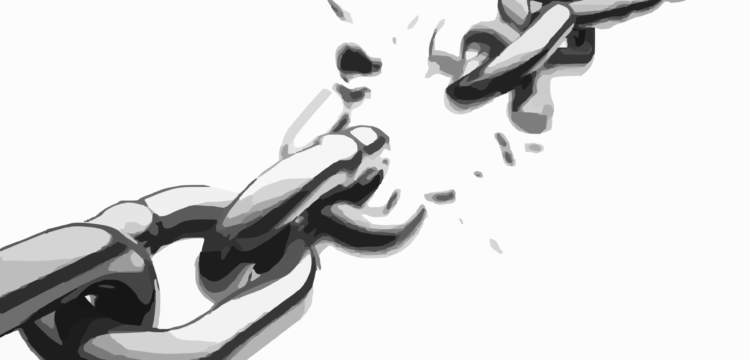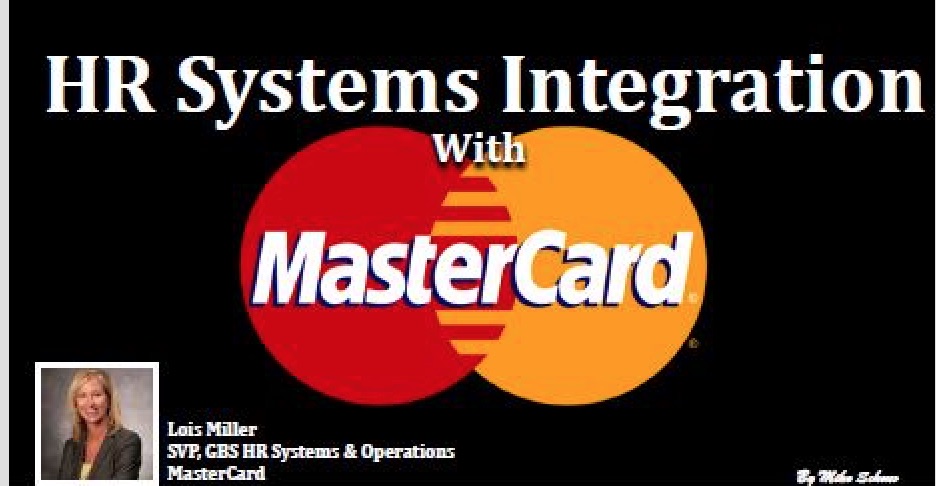In a human resources environment, getting too comfortable is the enemy. It’s easy to get stuck in the old ways or familiar practices and processes, but failure to adjust to the times is step one towards an inefficient HR department.
The digital age has brought with it a marvelous range of technology that can assist and improve the life of an HR worker, yet even in 2017, these types of resources are regularly underutilized or ignored completely.
If you’re concerned that your HR department is stuck in the past, consider introducing these four tech innovations that can transform how you operate.
- Audio-Visual Equipment
Training is a crucial element of the HR system. High-quality training leads to better quality and more knowledgeable employees. Poor-quality training leads to confusion and mistakes.
To get the most out of training, employees need to be engaged. To do that, most HRs use the popular audio-visual method. This includes combining both audio (usually spoken word) and visuals (some sort of visual guidance, like a presentation). Together, these two elements should engage employees that possess both the audio and visual learning styles and ensure they take in as much information as possible. Right?
In theory, yes, but in practice, this can only be achieved if done correctly. Poorly executed audio-visual education fails to reap the rewards of this powerful learning technique. Too often, training is done on a whiteboard or through a basic piece of presentation software. These archaic tools lack the most valuable methods of audio-visual engagement — interactivity, video and audio, strong visuals, etc.
Words on a whiteboard ‘regurgitated’ aloud does not provide the kind of audio-visual engagement required to benefit training. Instead, it only really satisfies the audio style of learning. As 65% of people are thought to bet visual learners, this notion is alarming.
By utilising new audio-visual training equipment, such as the latest software and hardware like touchscreen tech, you can ensure maximum engagement and a better quality of training.
- Specialist HR Software
With the rise of the computer era has come a rise of software solutions designed to satisfy inefficiencies and problems in every imaginable niche. HR is no exception.
Specialised HR software puts everything you need in one place. Form or view reports; change, input or view employee information; monitor task progress and track things like holiday, sick leave, absences, expenses, benefits, bonuses and performance. With the latest software, every HR process you can think of is all under one roof.
If you aren’t using software specifically designed for HR management, you likely have all this data somewhere, but it isn’t going to be as easy to access, change or use. This type of software is very intuitive and takes minimal training to adapt to, which makes the only detracting aspect the cost. However, when you consider the improvements in efficiency, the cost-effectiveness of the tech soon becomes apparent.
- Cloud-Based Data Sharing
Cloud-based data sharing is a form of technology that all HR departments should be using, without a doubt. The temptation is to avoid such tech because it is either more complicated, or because of an “if it ain’t broke, don’t fix it” mentality; if your MS Word documents and filing cabinets work fine, why change things?
Despite these sentiments, if you aren’t using cloud-based data sharing, your system is broken. While it might operate fine, with HR receiving and sharing all the information it needs, you’ll be experiencing productivity and efficiency below what is realistically achievable.
Cloud-based data sharing allows for a more dynamic and streamlined method of HR management. The benefits include:
- Remote access
- Easily searchable archives
- Multiple contributors to files at once
- Quick file sharing
- Powerful access controls
Cloud-based data sharing needn't be expensive, either. Google Drive is an excellent example of cloud-based software that is free, easy to set up and capable of drastically improving the efficiency of your HR department.
- Wearable Tech
Wearable tech is an innovation that has recently swept much of the modern landscape. From runners to royalty, everyone loves these little gadgets. Wearable tech isn’t just a gimmick or a fancy pedometer, though; it can actually be a powerful tool for HR.
Wearable tech allows you to do many things. It allows for a reliable method of contacting staff with important information or announcements. It allows for you to track and trace movements — both for management purposes and health reasons — and also increases security, communication and employee time management. Bringing wearable tech into your workplace ensures HR have the ultimate in employee management tools.
The biggest issue facing wearable tech is its ability to blur the lines between home and work. Having wearable tech that employees can wear even outside of the job might seem like it's offering a substantial perk, but HRs have to be careful of not falling into the trap off crossing the line and using the tech inappropriately.
Latest posts by Tresha Moreland (see all)
- Find Your Anchor In A Sea Of Fear - April 18, 2024
- Overcoming Career and Life Plateaus - April 13, 2024
- How HR Strategies Can Revitalize Customer Service Excellence Post-Pandemic - April 11, 2024













